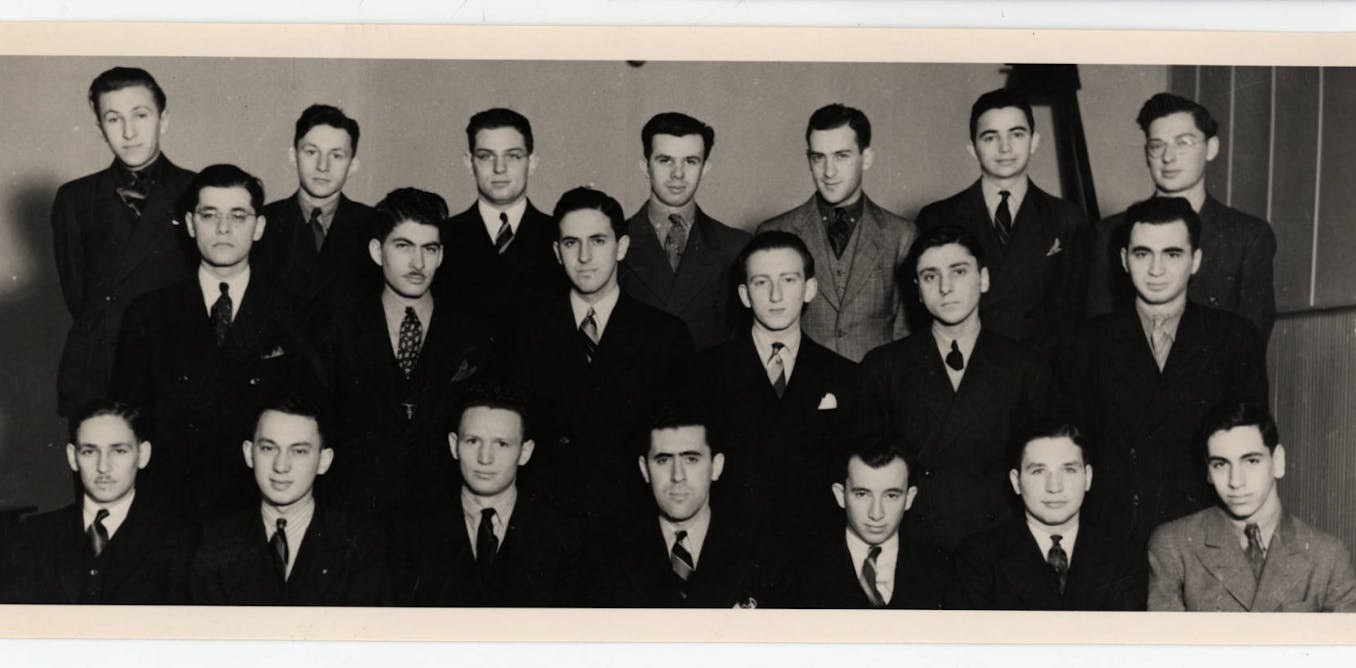Education
Internships are linked to better employment outcomes for college graduates – but there aren’t enough for students who want them
Internships can play a vital role for students looking to break into a career, but they aren’t always available for all the students who want them. And even when they are, they may not be high quality. Here, Matthew T. Hora, founder of the Center for Research on College-Workforce Transitions at the University of Wisconsin-Madison, and Hee Song, a project assistant at the center, discuss the difficulties that students face in securing quality internships. Their insights are based on findings from the center’s latest National Survey of College Internships. The survey drew from data collected from a nationally representative sample of 2,824 students attending four-year colleges and 2,531 students attending two-year colleges. The survey was done in partnership with the Strada Education Foundation.
Are there enough paid internships?
No. Only two out of three internships offer compensation for students at four-year colleges. The situation is worse for students at two-year institutions, where 50% of internships are unpaid.
Given the rising cost of college tuition, growing income inequality and the cost-of-living crisis in big cities where many internships are located, we contend that reliance on unpaid internships is untenable.
Paid internships are crucial. They help students pay for costs such as transportation and housing. They also provide legal rights and protections for students as paid employees.
Our data indicates that with only 41% of college seniors having had any internship at all, there are simply not enough positions available in the U.S. labor market to satisfy demand from the nation’s college students. This supply-demand imbalance is evident because of those seniors who did not have an internship: 63% of them had in fact wanted to take one but could not due to a lack of positions, intense competition and personal factors such as a heavy course load.
What difference do internships make?
A well-designed internship can make a big difference in students’ academic development. It can also help determine future career outcomes.
Our data shows that over 70% of the students who completed an internship reported gains in key transferable skills. These include communication, problem-solving and teamwork skills that are valued in both college and the workplace. Additionally, over 80% of these former interns say that the experience helped to expand their professional and social networks, which can lead to new job opportunities and connections.
Other studies have documented that students taking an internship were three times more likely than non-interns to enroll in graduate school. A study in Spain found that former interns were 6.5% more likely to find a job after graduation than classmates who hadn’t had an internship.
Our data also reveals that internships help to clarify students’ career goals and boost their confidence in professional abilities. This is notable given that 80% of students in a recent Inside Higher Ed survey also stated that a college education should prepare them for a career that they truly enjoy.

Isn’t student hustle the real difference-maker?
While growing numbers of empirical studies on internships are showing the positive impacts of an internship on future earnings and other outcomes after graduation, it is better to think of this relationship in terms of correlation and not causation. This is because whether a student can acquire a particular job and thrive in our society is dependent on a complex intersection of personal, sociocultural and structural factors.
For instance, discrimination continues to afflict the hiring process – white applicants are 36% more likely to receive a callback than Black candidates. Studies also show that outcomes such as college attendance, future earnings and even marriage rates are strongly affected by whether one grows up in a wealthy or a poor neighborhood. This underscores the considerable impact of structural forces beyond an individual’s control.
However, research shows that once a student is at college, experiences such as study abroad, an internship or undergraduate research – also known as “high-impact practices” – significantly increase a student’s likelihood of obtaining a degree. The problem is that these experiences are not equally distributed or available to all students, making equitable access to robust and authentic learning experiences a critical national issue. This is one reason why educators and researchers are increasingly focusing on work-integrated learning, where real-world and hands-on activities are embedded in college courses, as a more equitable and impactful approach than off-campus experiences, such as internships or study abroad.
What percentage of internships are high quality?
Determining the quality of an internship can be highly subjective and depends on many different factors. But based on our Internship Scorecard, approximately 67% and 62% of the internships taken by students at four-year and two-year institutions, respectively, can be considered “high quality.” The research and metrics behind this conclusion include the presence of a learning plan for student interns, on-the-job tasks that involve high-level skills and autonomous work, and supportive supervisors.
But a student’s reasons for pursuing an internship can vary. Some may want to gain experience in a chosen profession, while others may simply want to explore a variety of career options. This all makes “quality” largely dependent on the students’ goals and intentions.
Further, since some majors are more directly aligned with specific occupations, such as nursing and engineering, in contrast to majors where students are prepared to enter a broader range of careers, such as arts, humanities or social Sciences, finding that perfect internship may depend on the student’s field and local labor market conditions.
-
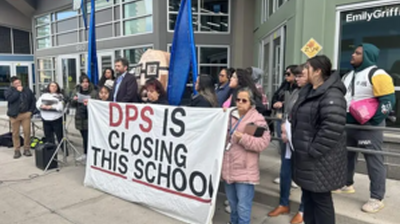
 Education9h ago
Education9h agoParents, lawmakers make last-ditch plea to school board to halt Denver closures
-
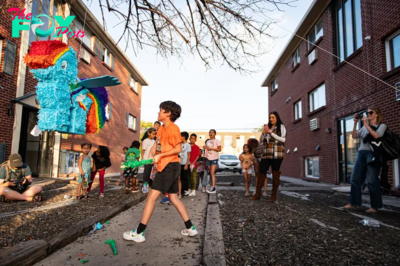
 Education3d ago
Education3d agoColorado schools commit to protecting students ahead of potential mass deportation
-

 Education1w ago
Education1w agoSocioeconomic status explains most of the racial and ethnic achievement gaps in elementary school
-

 Education1w ago
Education1w agoMothers, metaphors and dyslexia: What language reveals about the challenges of a child’s learning disability
-

 Education1w ago
Education1w agoBrain-training games remain unproven, but research shows what sorts of activities do benefit cognitive functioning
-
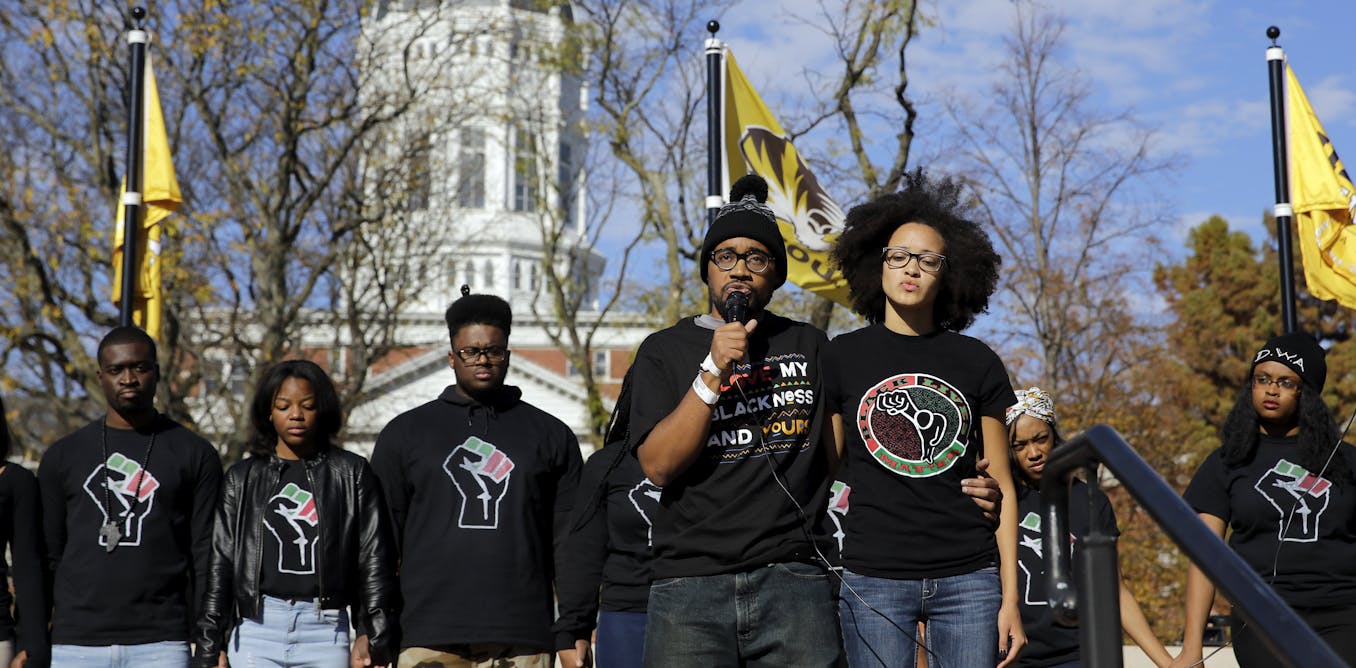
 Education1w ago
Education1w agoRacism is such a touchy topic that many US educators avoid it – we are college professors who tackled that challenge head on
-

 Education1w ago
Education1w agoHere’s what happens when a school is located near a cannabis dispensary
-
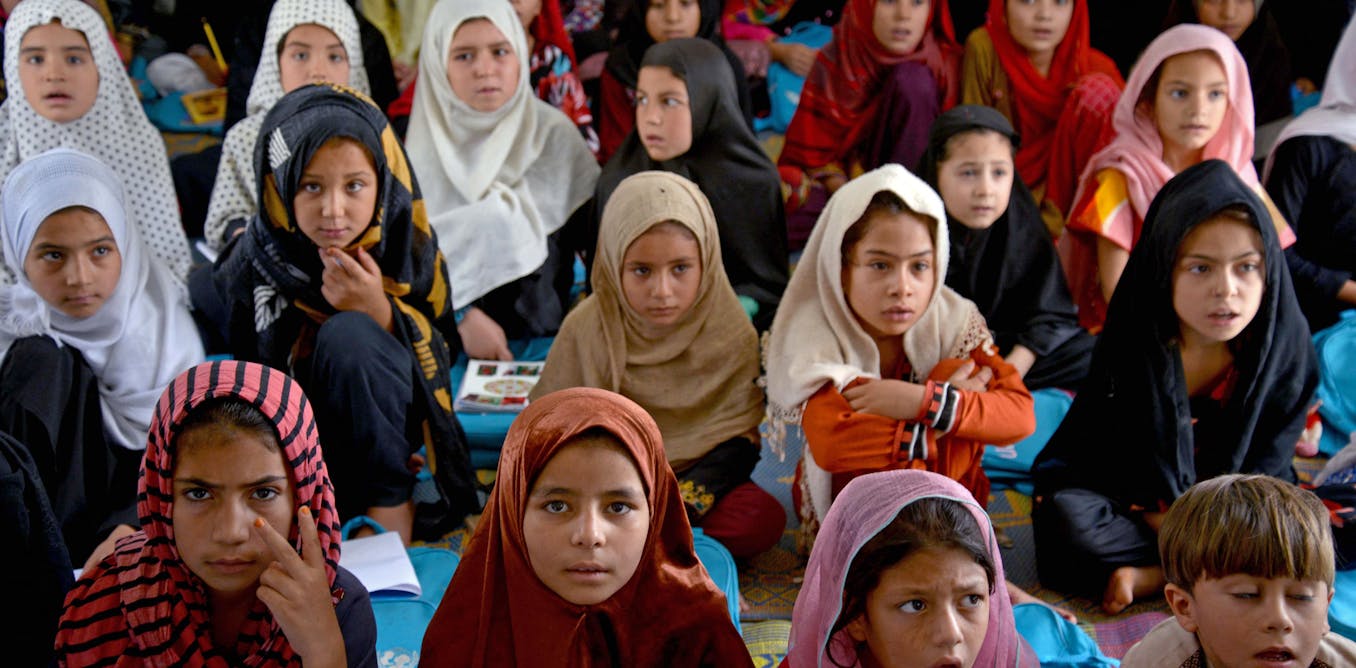
 Education1w ago
Education1w agoHow the Taliban are seeking to reshape Afghanistan’s schools to push their ideology





